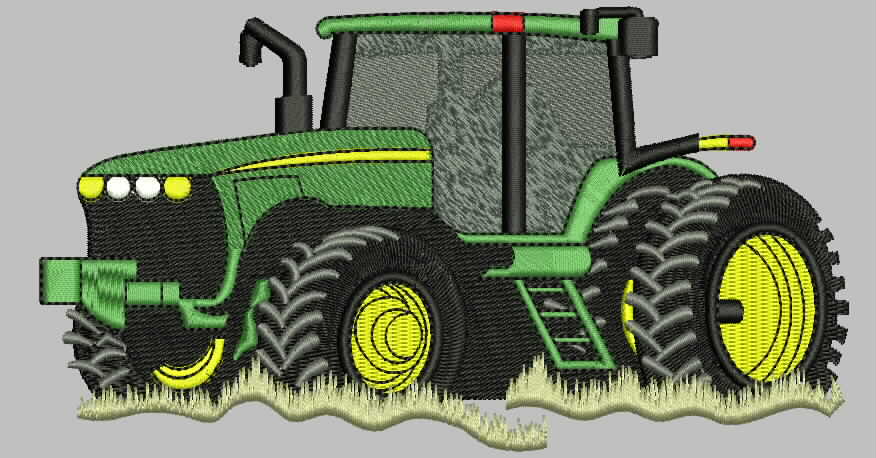
5 stitches that will help you!
Embroidery is not an easy task for embroiders. First, you outline your embroidery designs and think that it is complete. But, remember one thing your embroidery project does not complete until you fill your ideas with stitches. There are many embroidery stitches you can use as a filling. Among those stitches, the most important stitches every embroider should know are mentioned here. These stitches will help you a lot.
- Seed stitches:
These stitches are the same as its name. Yes! You are right it is seed shaped stitches and helps in the filling of design. When you’re embroidering flowers it gives a beautiful texture to your designs. These stitches use in the number of designs.
- Satin stitches:
Additionally recognized as a damask stitch, a satin stitch is traditionally applied to reach an operation of the material. These hand embroidery stitches resemble the kind of smooth edges and can likewise be created with the help of a stitching machine. It may need cleaning to be made with a series that help in filling of design, back or split stitch to maintain a smooth boundary.
- French knots:
This kind of embroidery stitch may seem a bit difficult; but, it is not that challenging to understand them. All you want to do is to pick the thread at the beginning of the fabric, cover the thread round within the needle and the material three times around the needle tightly and move the needle into the end of the fabric. An embroidery design designed with the cooperation of French knots looks delicate and cute.
- Long and short stitches:
This fill stitch is set out a little similar to a block way. It’s ideal for wool, wings, and ombré ideas; doing many-shades thread can improve build coloring and shades.
- Raised paided stitches:
This kind of stitch is quite suited to provide a twisted appearance to embroidery. The pattern seems still more beautiful when many bands of laced running stitch are designed. It is one of the simplest forms of frame or edge stitch.
 315-215-0681
315-215-0681







